Pistachios are not just delicious and nutritious — they also make for fascinating plants to grow in home orchards and gardens. Known for their resilience in arid climates and long lifespan, pistachio trees are as ornamental as they are productive. While they require patience to mature (usually 5–7 years before producing a good harvest), the reward is worth the wait. If you’ve got a sunny, dry garden space and a love for unique crops, check out these 6 pistachio plants that offer beauty, shade, and a rich harvest of crunchy, flavorful nuts.
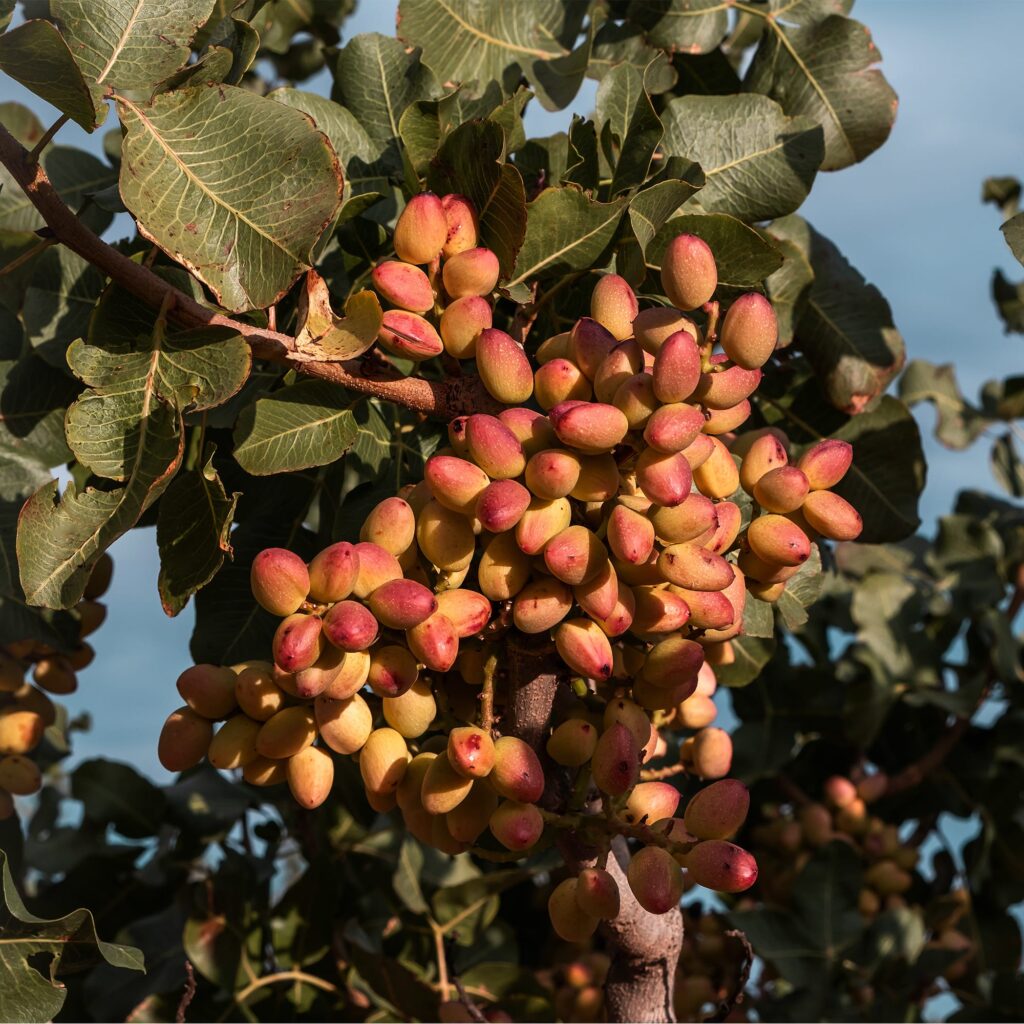
1. Pistacia vera ‘Kerman’
‘Kerman’ is one of the most popular pistachio cultivars in commercial orchards and home gardens alike. Known for its large, flavorful, and well-filled nuts, it’s highly prized for both culinary use and snacking. The trees are moderately sized with attractive, glossy leaves and beautiful pinkish-red flower clusters in spring. ‘Kerman’ pistachios thrive in hot, dry regions with well-drained soil and plenty of sunlight. Since pistachio trees are dioecious (separate male and female trees), you’ll need a male pollinator, typically ‘Peters’, nearby for fruit production.
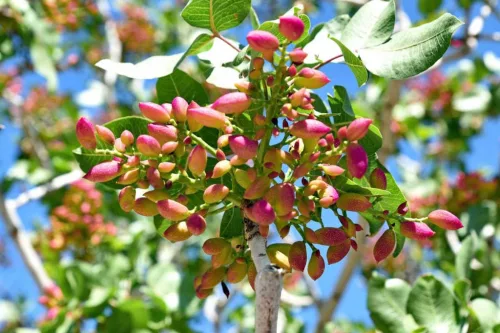
2. Pistacia vera ‘Peters’
‘Peters’ is the go-to male pistachio tree for pollinating female varieties like ‘Kerman’. Though it doesn’t bear nuts, it plays a crucial role in ensuring a bountiful pistachio harvest. ‘Peters’ blooms slightly earlier than ‘Kerman’, making it ideal for reliable pollination. The tree itself is attractive, with sturdy branches and lush foliage, adding a touch of shade and greenery to your orchard. Hardy, low-maintenance, and drought-tolerant, ‘Peters’ is an essential companion if you plan to grow pistachios successfully.
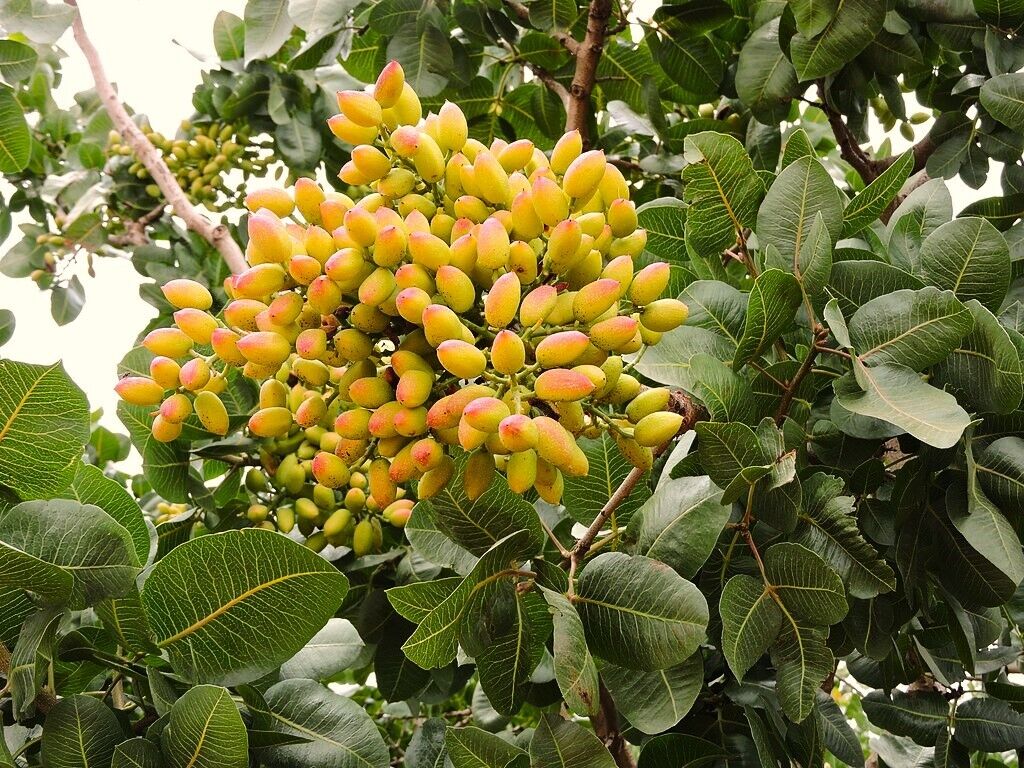
3. Pistacia vera ‘Sirora’
‘Sirora’ is another excellent female pistachio cultivar originating from California. It’s favored for its consistent nut size and early ripening season, often harvesting slightly ahead of ‘Kerman’. ‘Sirora’ nuts are known for their high-quality flavor, making them perfect for roasting or culinary uses. The tree itself is hardy and drought-resistant, with a slightly smaller stature, making it a great option for home gardens. It also requires a male pollinator like ‘Peters’ nearby for successful nut production.

4. Pistacia chinensis (Chinese Pistache)
While not cultivated for edible nuts, the Chinese Pistache is a relative of the pistachio and is widely planted for ornamental purposes. Known for its vibrant fall foliage in shades of crimson, orange, and gold, this drought-tolerant tree thrives in hot, arid climates. It produces small, non-edible fruits but shares the same hardy, low-maintenance qualities as its nut-bearing cousins. If you’re after a beautiful shade tree with exceptional drought tolerance, Pistacia chinensis is a wonderful addition to your landscape.
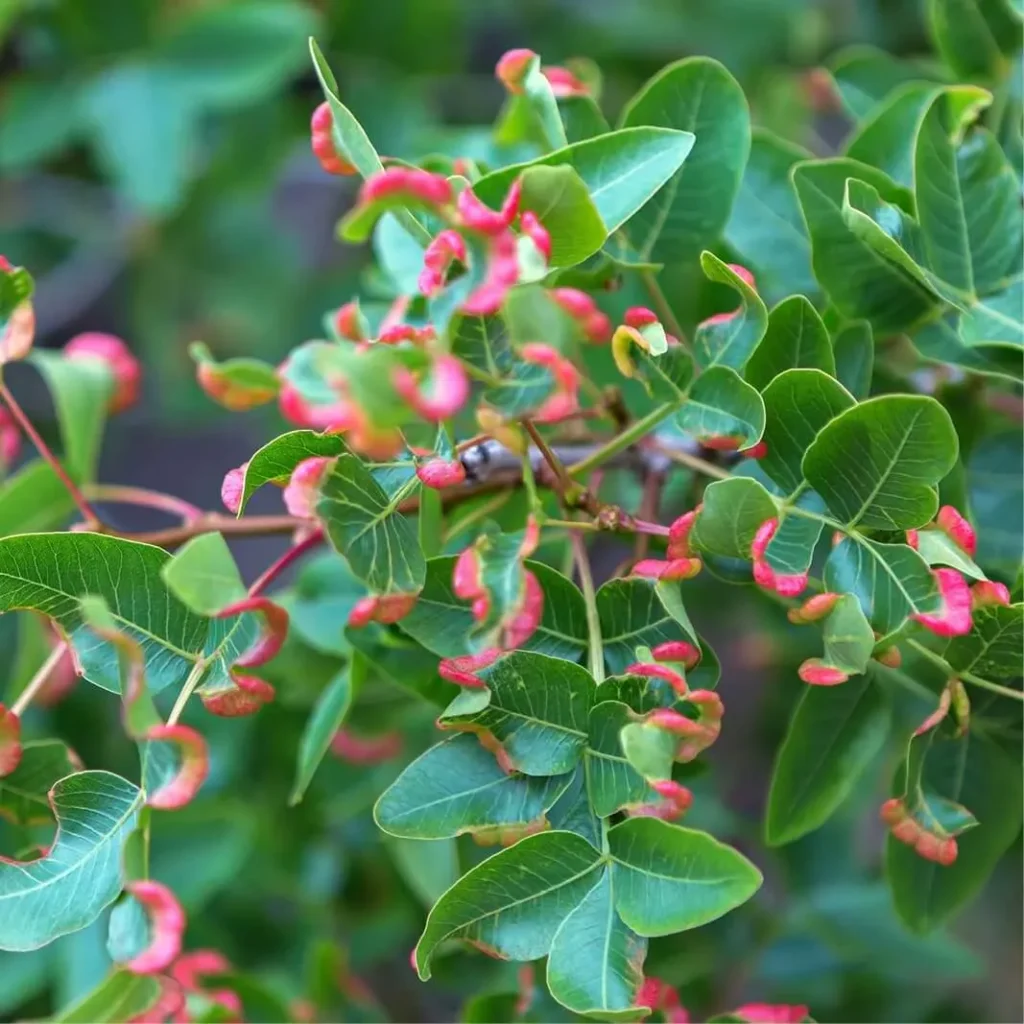
5. Pistacia atlantica (Atlas Pistachio)
The Atlas Pistachio is a wild species native to the Middle East and North Africa. It’s known for its incredible drought resistance and adaptability to poor, rocky soils. While its nuts are smaller and less commercially valuable than cultivated varieties, they’re still edible and enjoyed in traditional communities. This tough tree is often used as a rootstock for grafting other pistachio varieties. It also makes a great shade tree for dry gardens, with rugged beauty and resilience against harsh conditions.
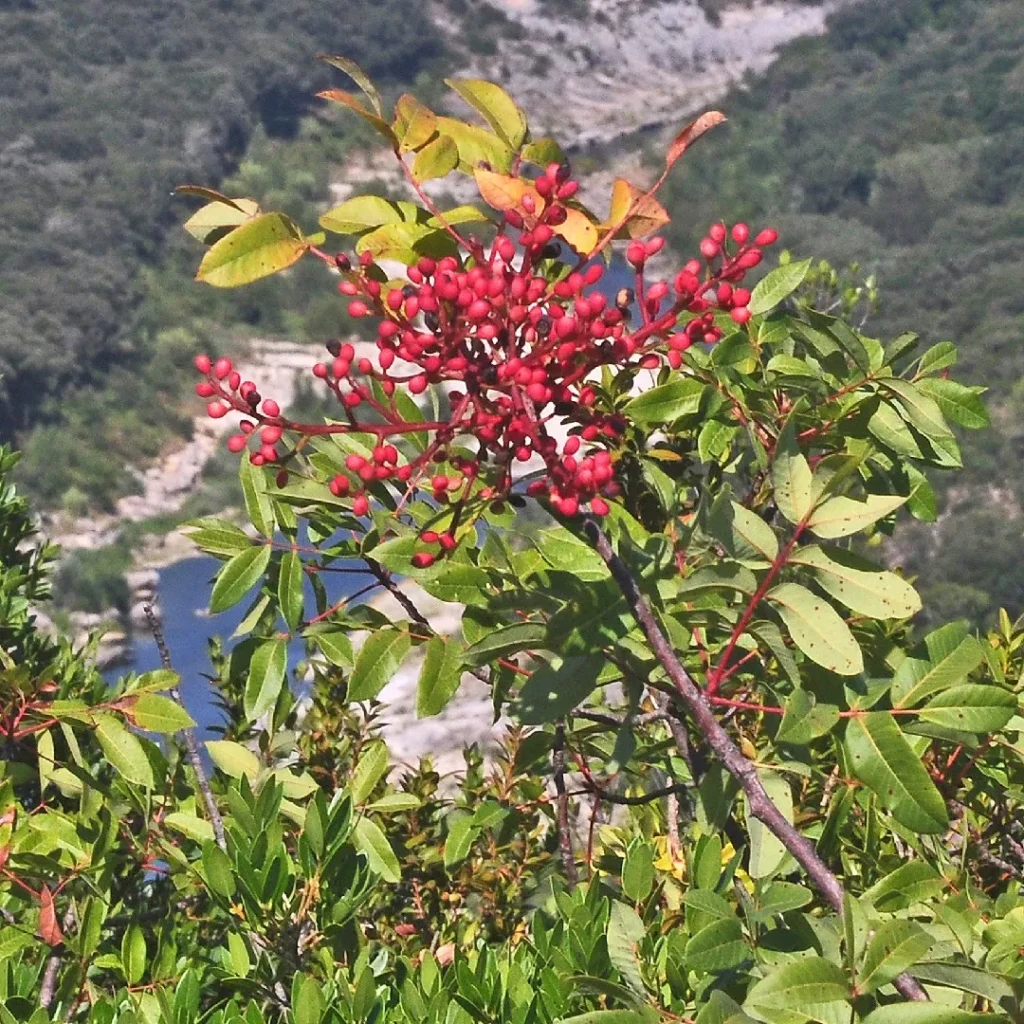
6. Pistacia terebinthus (Terebinth Pistachio)
An ancient species native to the Mediterranean, the Terebinth Pistachio is admired for its medicinal properties and edible nuts, which are smaller but flavorful. Traditionally valued for its resin (used in herbal remedies and incense), this hardy tree thrives in hot, dry areas with well-drained soil. The nuts can be roasted or used in local dishes, though it’s less common in modern orchards. Pistacia terebinthus is also utilized as rootstock and for its ornamental value, offering rugged good looks and resilience.
Final Thoughts
Growing pistachio plants adds a unique, nutty charm to your garden or orchard, offering both culinary delights and ornamental appeal. With options like the commercially favored ‘Kerman’ and the tough, ornamental Chinese Pistache, there’s a pistachio plant to suit every gardener’s ambition and climate. These trees thrive in hot, arid areas with minimal maintenance once established and reward your patience with delicious, homegrown nuts.
Would you like a planting and care guide for pistachio trees too? I’d be happy to put one together for you!

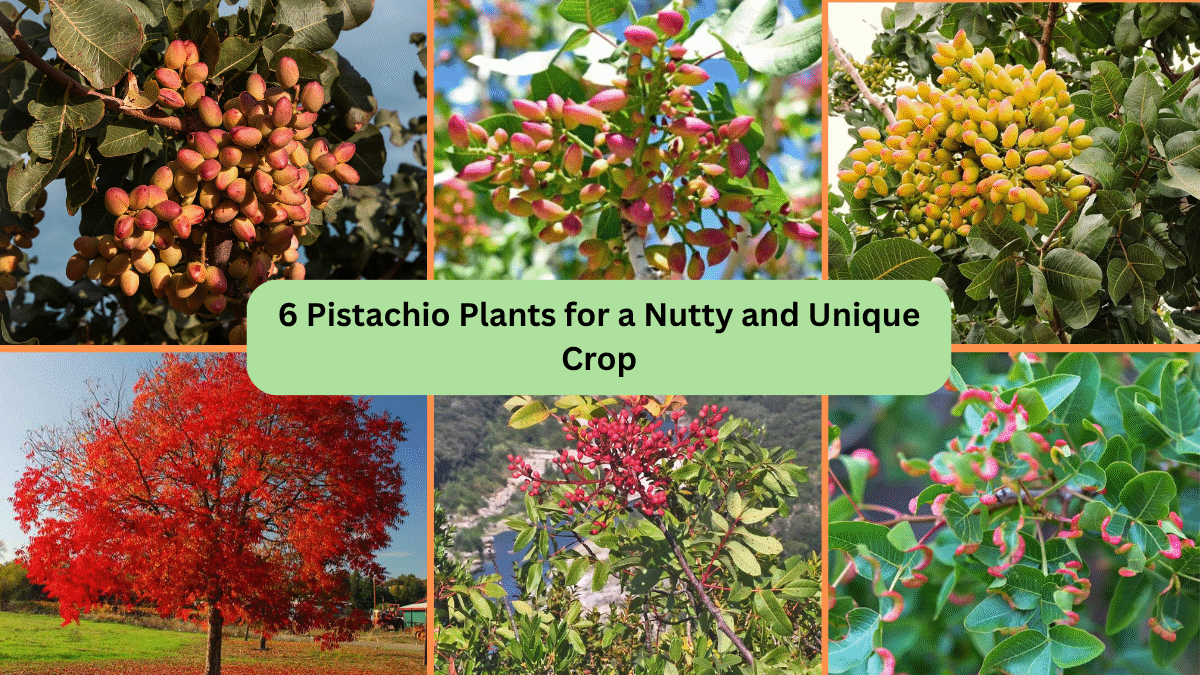

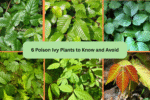
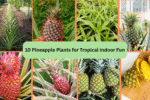
Leave A Comment